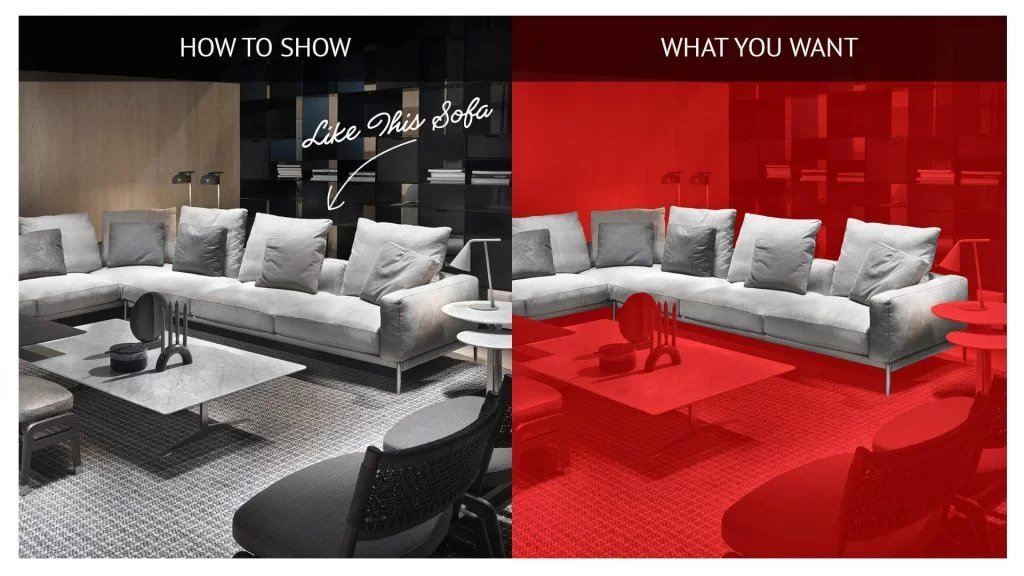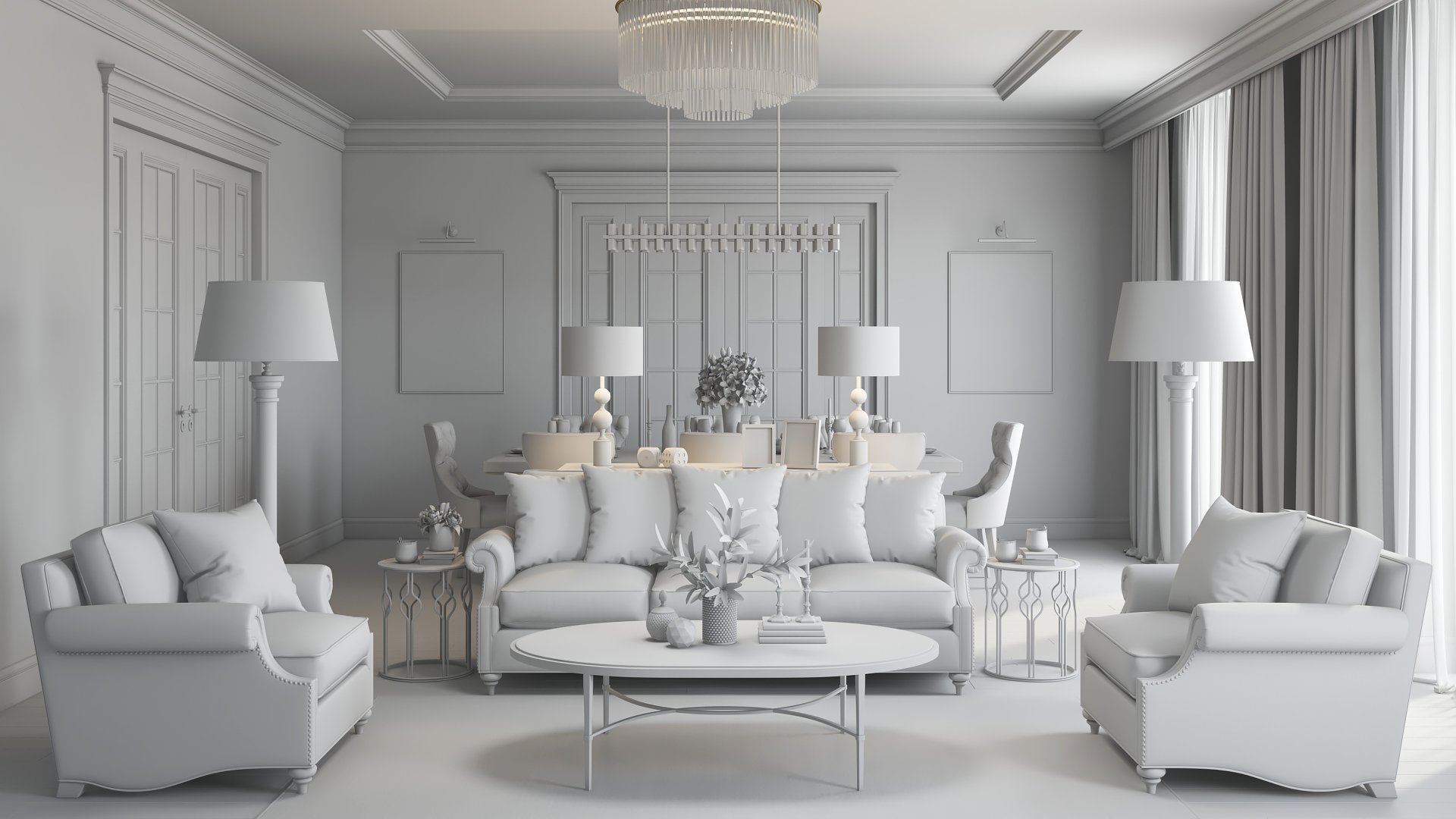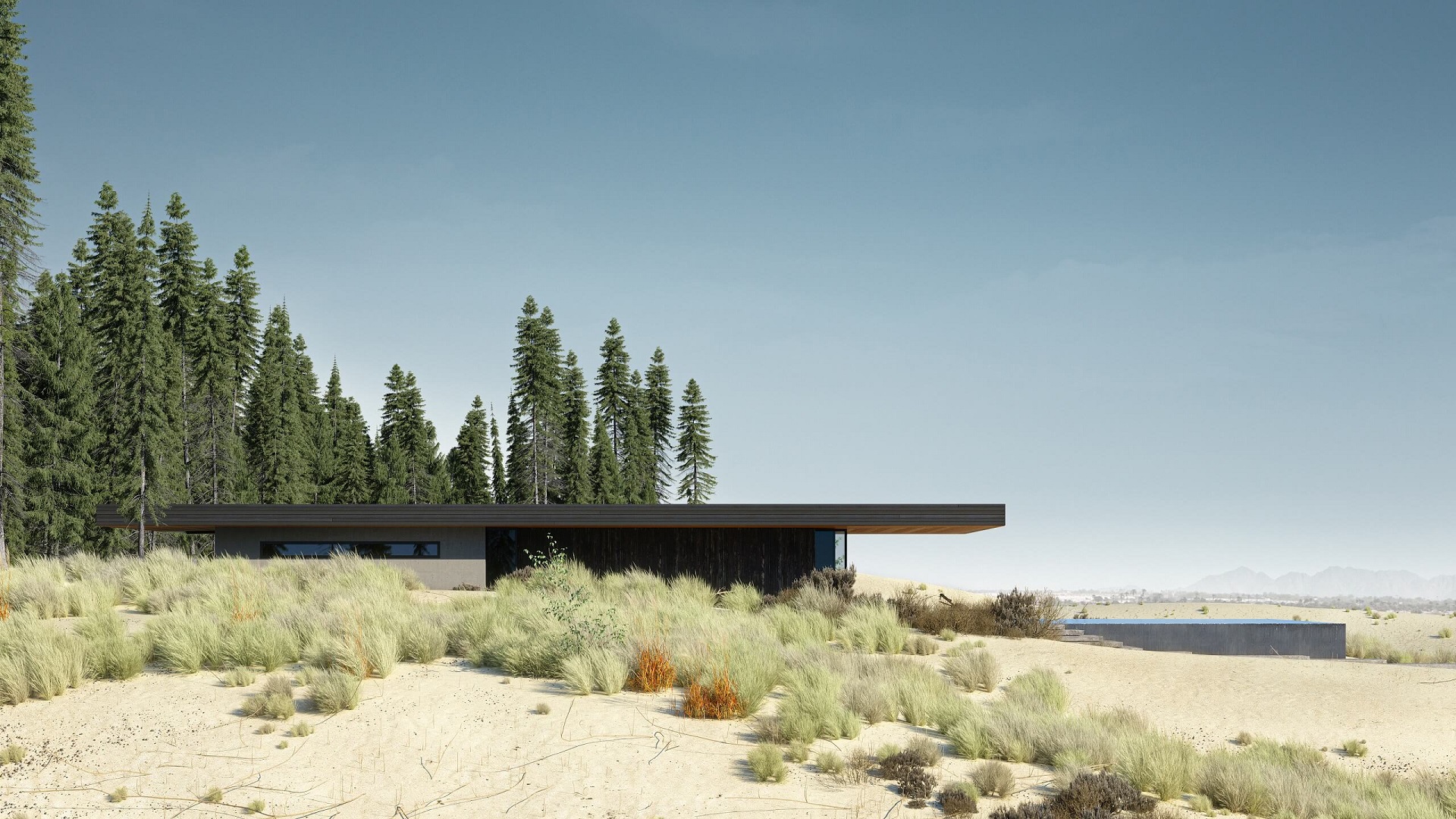CG visuals are an irreplaceable asset for architects, designers, and real estate developers. Whether it’s for an advertisement or a presentation, 3D rendering will make any architectural project shine. However, choosing an outsource contractor to entrust your archviz project to is not an easy task. Of course, you should always look at the company’s portfolio first. But there are also other things that might help you understand whether an archviz studio is trustworthy, strives to deliver high-quality results, and cares about its reputation. So, how can you identify such a company in communication early on?
Before the work begins, a project or a client manager of an archviz company must ask you several specific questions to ensure the workflow goes smoothly and the CGI team delivers the results you want. Being an architectural visualization and 3D rendering services provider ourselves, we know exactly what those questions are and why it is so important to ask them. And we are glad to share this knowledge with you.
Want to know how to make sure your archviz contractor is competent and trustworthy? Read on to learn 7 questions they must ask you before the project starts!
#1. Where are you from?

The client’s location matters for two major reasons. First of all, architecture and design trends may vary depending on the country, region, and sometimes even city. That’s why 3D artists should research these trends in depth so the archviz project results don’t end up looking outdated or irrelevant.
The second reason is the necessity to study the client’s local environment. It is especially important for exterior projects, where an artist needs to be aware of the surroundings of the building they have to visualize in 3D. The typical landscape features, plants, vehicles, road signs, people’s clothes, etc – all of this should be taken into account when creating CG imagery.
#2. What is the nature of your business?

Depending on whether you are an architect, a designer, a real estate developer, or a marketer, the focus in your renders might be put differently. For example, an image of a house with a garden made for an architect or a landscape designer will respectively emphasize different project aspects. That’s why a 3D artist should understand the nature of your business to know what points to highlight.
#3. What is the purpose and target audience of your visuals?

For 3D artists to communicate the customer’s vision in the images, they need to know the purpose of the project. That is why you should specify its selling points, and describe its location and marketability. A 3D artist will also need to know about the visual’s planned audience: what are their pain points, what is their lifestyle, and what is likely to attract them.
Want to learn how much your project costs? See how we evaluate 3D rendering projects
Moreover, there’s a difference between the visuals intended to be used in presentations, promo materials, and portfolios. For example, a project presentation usually has to focus on materials and construction, while a marketing visual should be eye-catching in the first place. So, to avoid miscommunication, the contractor should ask you about your archviz project goals and target audience before the work starts.
#4. What image resolution do you need?

Choosing the right resolution is another reason why the customer should make sure they communicate the purpose of the archviz project to their contractor. The resolution must suit the purpose of the images perfectly. For online usage, Full HD (1920x1080px) is the smallest viable size, and 4K is becoming the golden standard. As for PPI, 72 is enough for the web. And for most printed materials, 300 PPI works well. However, the PPI will go lower with the increase in the image size (for example, 150 PPI will be enough for billboards).
Albeit the higher resolution means higher image quality, it also increases rendering time and the costs of the project. But the good news is that it is not always necessary to go for the highest resolution possible. Everything depends on the specifics of your task. And managers of a professional CGI studio are always glad to consult you and help pick the best resolution for your archviz project.
#5. What should we pay attention to in your visual references?

Simply providing as many references as possible is not always enough for a successful project. The thing is, it should be clear what the CGI contractor is supposed to pay attention to in each specific picture. It can be composition, textures, lighting, a general atmosphere, or some particular decor item. The team of a professional archviz studio will always ask their clients what aspect of visual references need to be used.
#6. Do you want to review intermediate results? And if so, in which form?

There are several stages of working on an archviz project. The client might want to see the intermediate results and make revisions in the early stage. In this case, they might be shown a grayscale (or so-called clay) render of a room or a building. It helps to check the proportions, geometry, and placement of the architectural elements.
Next, they might want to see a grayscale render with furniture or other objects and yellow light. Such an image allows one to assess the composition, camera angle, lighting, as well as sizes, and shapes of the specific items.
At last, the customer might want to review the render before post-production. In this case, they will review the image to tell what final touches to add.
It might even happen that the client wants to jump straight to the final renders without reviewing any intermediate imagery. That’s okay too – but it should be clarified from the beginning.
#7. What is the deadline?

The archviz workflow strongly depends on the deadline. If there’s plenty of time, a 3D artist will be able to work unhurriedly, paying close attention to every detail. And if speedy completion is a priority, the team will optimize its work accordingly. The resulting image will be high-quality regardless. However, some of the most time-consuming secondary details can be skipped if needed. In any case, 3D artists need to know from the very beginning how much time they have and what to focus on.
Working on an outsource archiviz project requires smooth communication between the customer and the CGI contractor. And it’s up to the latter to ask the right questions to complete the project flawlessly. From deadlines to reviews to the specifics of the client’s business and goals – everything matters when it comes to creating high-quality real estate 3D interior rendering and 3D rendering for real estate developers.
Looking for outsourcing 3D services to make your next project look irresistible? Contact us at ArchiCGI to get top-notch archviz images in no time!

Chris Kostanets
Senior Project Manager, Mentor
Chris manages the work of 2 CGI teams and teaches Middle PMs. She loves Scottish landscapes, Ancient Greek culture, and Plein-air painting. At home, Chris is a caring parent for 3 cute chickens and a magnificent rooster.



